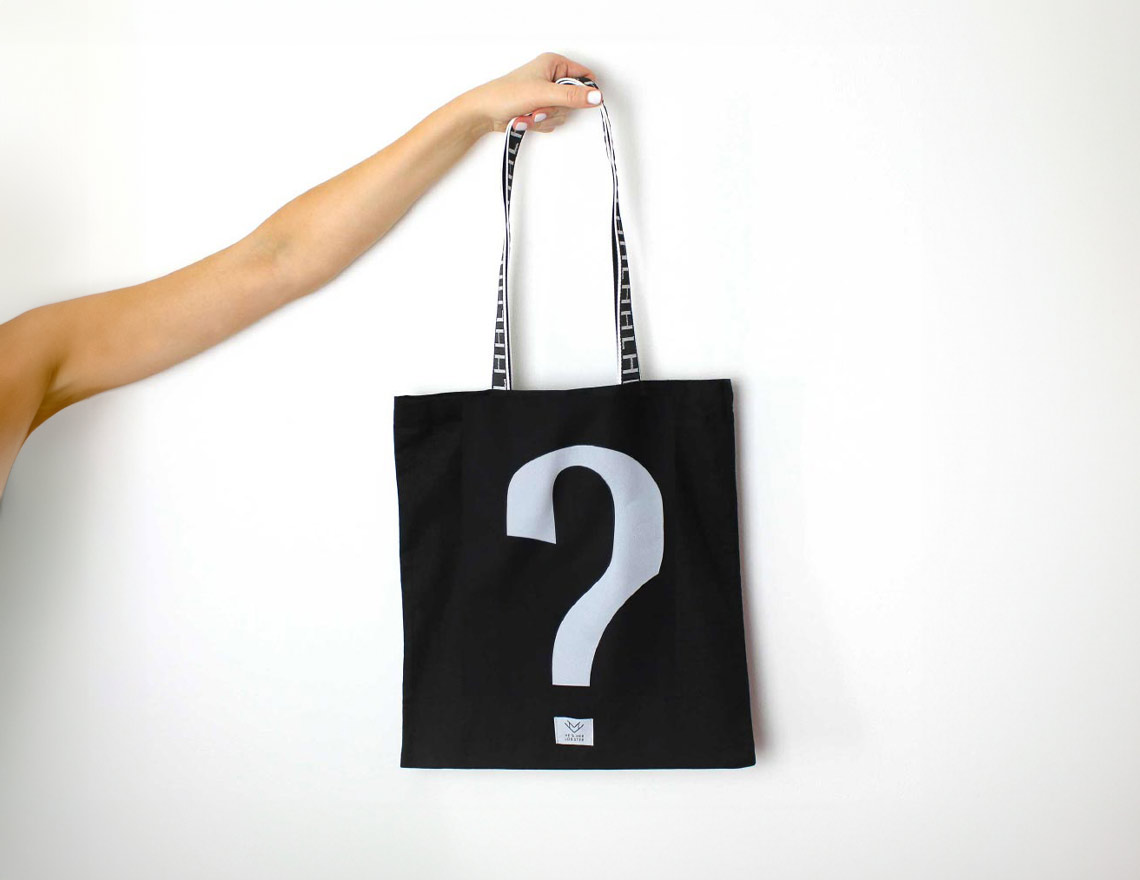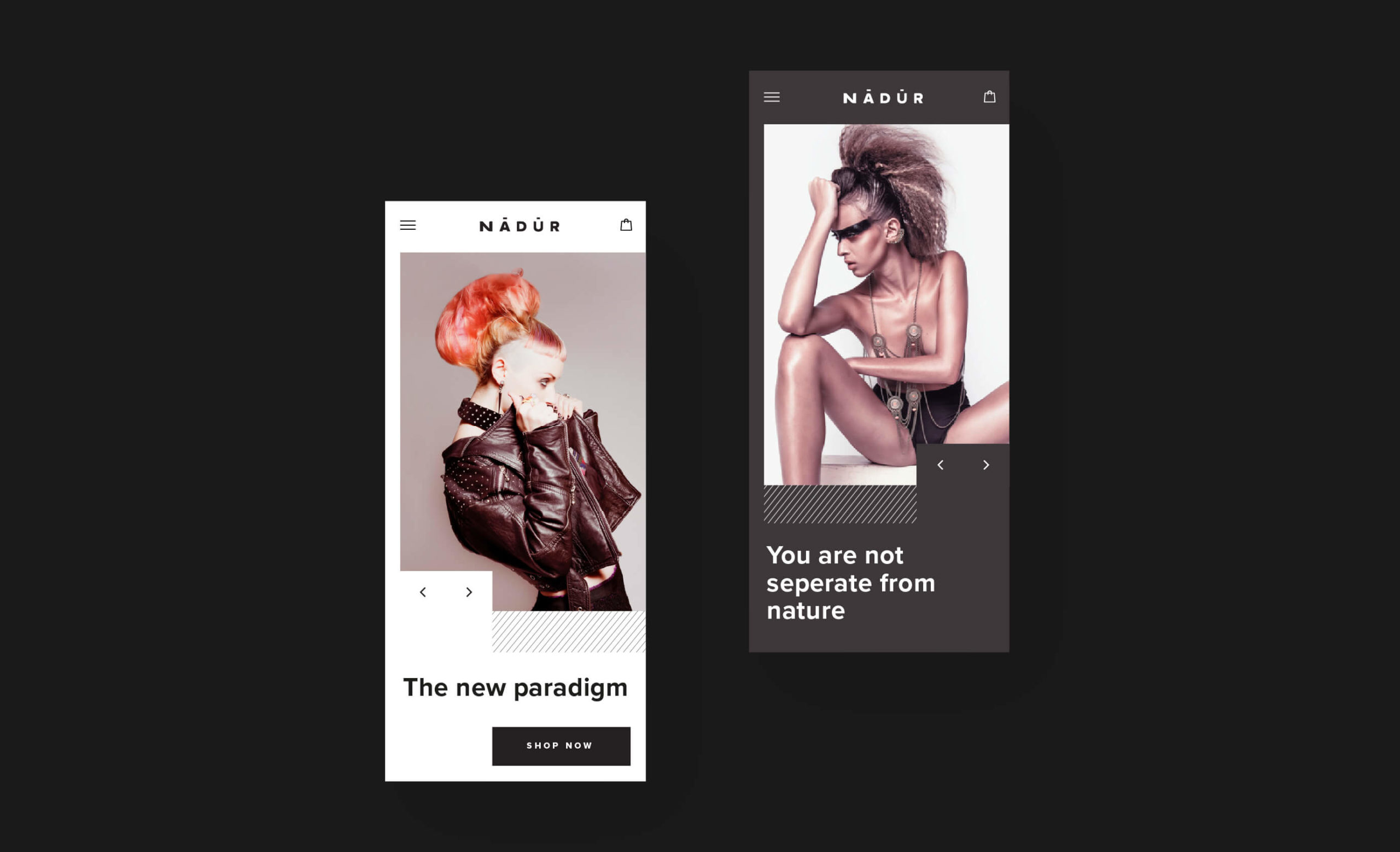Long Story Short
Which eCommerce platform should I build my online shop on?
- Shopify.
- Featured.

Only the strongest will survive
There are lots of eCommerce website platforms out there. It can be hard to choose the platform that is right for you when the information about the pros and cons of each is bit baffling. How will you know which platform to design your eCommerce shop in? Which one is better longer-term? Which one will cost the most to maintain?
For simplicity, we will take a look at the three biggest eCommerce platforms; Shopify, Magento and Woocommerce. Why? Well quite frankly, no other platforms really cut the mustard.
We have come across a pretty big selection of eCommerce platforms with our clients in the past such as OpenCart, Oxatis, Squarespace, Weebly, but they all have one thing in common. They aren’t really good enough. They can be glitchy, restrictive, dated, retro-looking, prone to crashing, expensive to maintain or slower than a snail travelling through peanut butter.
In 2022 we should be able to achieve fast, powerful and beautiful eCommerce websites without compromise. We shouldn’t have to settle for mediocre. Goddammit!

Woocommerce
Woocommerce is the eCommerce solution built to sit on top of the open source platform we all know and love; WordPress.
We’re sure you have heard of WordPress. You know, the one that’s “easy to use”, “easy to build in”, “totally free” and “easily customisable”. I’m using quotation marks because these claims are all very much, “in theory”. In reality, WordPress can be a bit confusing for complete newbies, can become a bit fiddly if you want something beyond super simple, and can come with some costs when you tack on development support, better-than-basic themes and premium plugins.
That aside, Woocommerce is a popular eCommerce solution used by over 2 million online shops. The software IS free at the point of installation, there are endless plugins available, you can add unlimited products and make unlimited sales, and you are provided with support to ensure your data is safe and secure. WooCommerce is…OK!


Shopify is fast-becoming the biggest eCommerce platform available, probably partly thanks to it being so gosh darn easy to use
Shopify
Shopify is an all-in-one, SAAS (software as a service), all-singing-all-dancing eCommerce platform which allows you to design an online shop, manage your products and handle all orders and customers in one simple place.
Shopify is fast-becoming the biggest eCommerce platform available, probably partly thanks to it being so gosh darn easy to use. You can add unlimited products, make unlimited sales, and feel confident that your data is always safe and secure. What’s more, you are entitled to premium Shopify support without any additional costs racking up.
The cost? Shopify starts at $29 a month as a subscription which theoretically makes it the most expensive eCommerce platform of the three. But if you start factoring in the potential development and support costs of Magento and WooCommerce, this subscription fee might start looking a bit more appealing.
Magento
Ah Magento. The wise Grandmother of eCommerce platforms. The Mothership. Where many of our journeys began. And where large corporate eCommerce stores can thrive and grow to be magnificent eCommerce-shaped powerhouses. But not always the most accessible to the majority of eCommerce businesses who might not need all of those fancy flashy buttons.
Magento is great. The customisation is virtually endless. The advanced security features are comforting. You can have unlimited products and make unlimited sales. You can opt for both free and premium themes and extensions. You can build something pretty darn bespoke. But, you’ll need a pretty good knowledge of web development if you want to make any changes and if you don’t, this can become both expensive and restrictive.
It’s also not SAAS (software as a service) which means you might not always be working with the most up-to-date version of the software, a problem Magento 1 customers will have recently learned the gruelling way. If you’ve got the in-house development resources or the funds to outsource quite a hefty amount of this then no worries! For most businesses, Magento is a bit too resource-heavy.

Which should I pick?
Which eCommerce platform to pick for your business is a very personal choice, not too dissimilar from choosing your favourite flavour of crisps. They each have their own qualities and it really depends what you are looking for in a crisp, I mean, eCommerce platform.
With most of the clients we have worked with, we have recommended Shopify because it ticks most of the boxes and is a great all-rounder. Its customisable, scaleable, modern, secure, fast and its fairly quick to get set up. We know our clients just want to start selling their products quickly, and Shopify provides the tools to allow them to do that.
It’s got pretty decent in-built marketing tools too, covering all of the necessary SEO requirements, automated sales emails and basic blogging tools.
That said, for very large eCommerce businesses, Magento 2 can offer the customisation and scalability you need to build something truly magnificent. It’s technically sound, flexible, powerful and secure. But for something that size you would probably want to hire an internal Magento developer to keep on top of updates and customisations.

Look no further for a Shopify Plus Agency
We’ve designed and built a fair few Shopify websites. We’ve done our fair share of WooCommerce too. More recently we have been getting asked to design Shopify websites to replace and migrate from Magento 1, which is no longer being supported by Magento this year.
Whatever you want to design for your eCommerce store, lets have a chat and see if we can help – get in touch.

